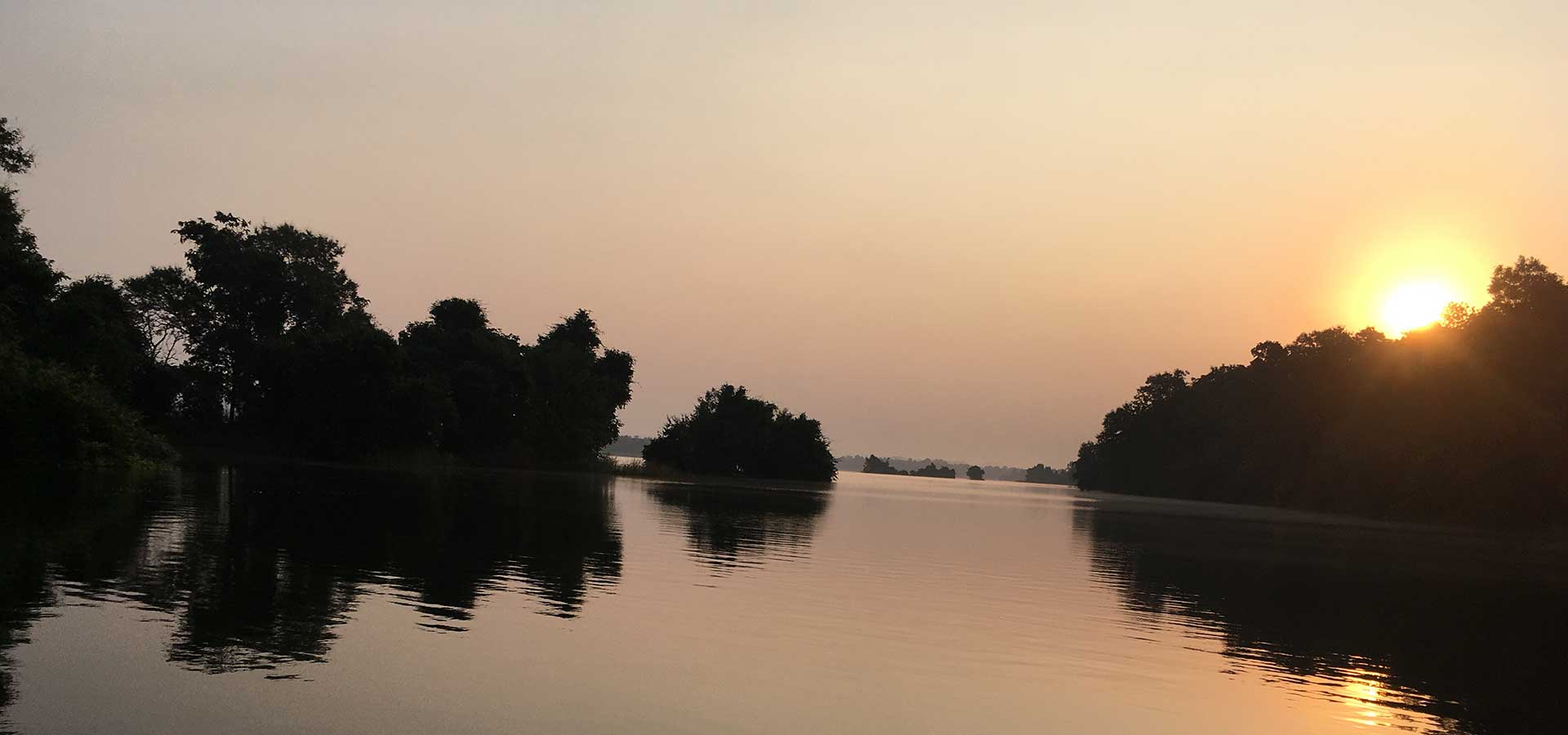
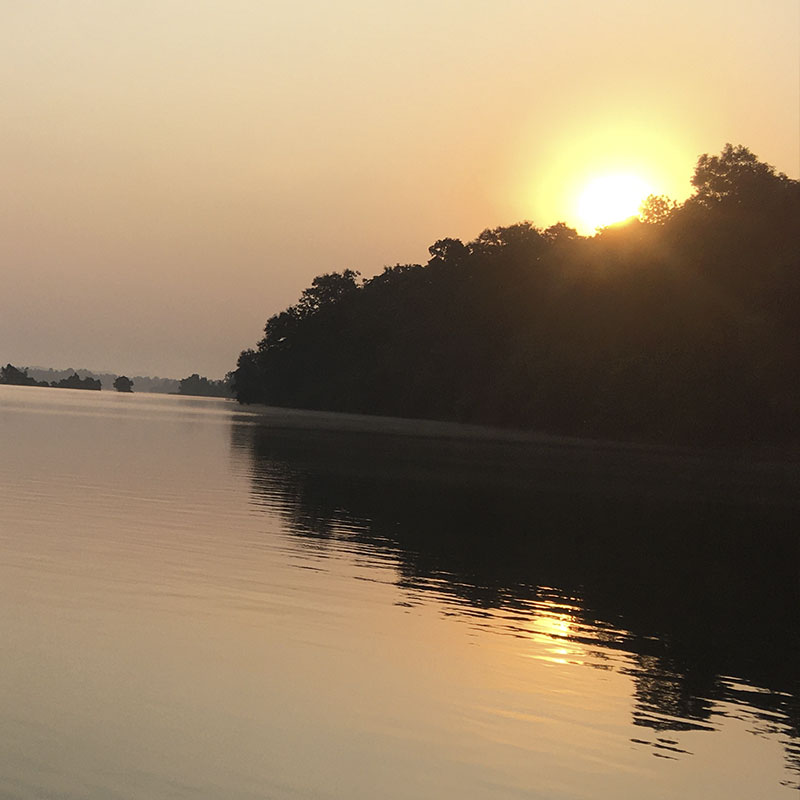
Activities and Experiences in Madhai
Comfort of a luxury with a touch of the wild
Madhai, a wayside town en-route to the more popular tourist hubs like Pachmarhi, is not well-known to travellers as compared to its counterparts. Notwithstanding its popularity, Madhai actually offers quality time to its visitors should they choose to give it a chance. In this blog, read about the 5 top reasons to visit Madhai, and decide for yourself whether this town deserves a shot!
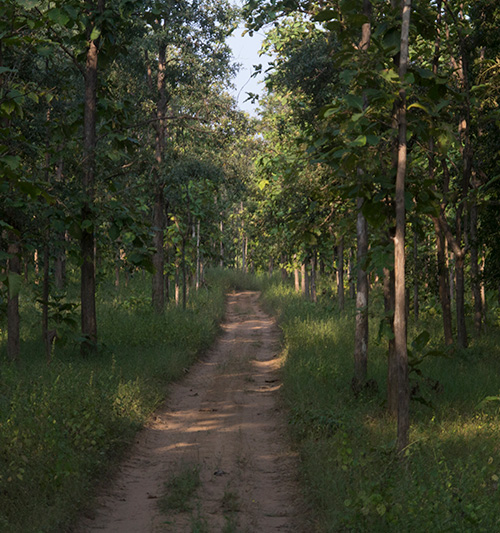
This town is cosily and very comfortably burrowed amidst Tawa Reservoir and Satpura’s forests around its periphery. There is practically no differentiation between wilderness and settlement here – it is meaningless to attempt to establish one. Every breath you take is filtered by the tall Sals and teaks that occupy most of the forest here.
Also through Madhai is the entry to Satpura National Park – a very unique entry at that. To enter the woods of Satpura, the only humanly accessible point through Madhai lies on the far bank of Denwa river; everywhere else is pure forest navigable only by Mowgli. Your safari starts even before you have entered the forest!
Inside Satpura Tiger Reserve is where the fun begins. Wildlife is more concentrated around the Madhai region, for there is less human footfall here. There is also the presence of a lot of water draining the forests around this section, which makes it more suitable for animals to survive.
Speaking of wildlife, Satpura Tiger Reserve has diversity greater than any other in this forest belt. This conservation area is known to house and nurture endangered species like swamp deer, black buck, dholes, tigers, Indian giant squirrels and many others.
If you wish to spend time among trees, listen to the dramatically melodious silence of nature, witness wildlife in its heedless, carefree mannerism, visit Madhai.
One could say Madhai isn’t a separate existence from Satpura National Park, geographically speaking. It is just a glade in a forest where a few human dwellings have mushroomed. Being such, Madhai offers you diverse experiences of nature tourism of the kind you never expected.
It is not only to witness wild cats in their natural habitat that you come to Madhai. While waiting for tigers and leopards to show up, Madhai lets you see its richness in grazers – nilgai, muntjac, swamp deer and sambar. As your Gypsy navigates tiger trails, you meet Indian Wild Dogs scurrying in the hedges parallel to the track. You see Indian Giant Squirrels hopping trees. Even if you do not spot a wild cat, you will have returned with a richer wildlife experience than anywhere else.
Madhai’s terrain is not entirely flat. The rivers that careen through this territory have done their work well, and you will find valleys, caverns, flatlands, savannas and glades, dense forests and sandbanks, marshes and slushes; better pack those safari boots and jacket! In addition to adventure activities like canoeing, trekking in Madhai is also on traveller hotlist.
To experience unexpected variety, visit Madhai.
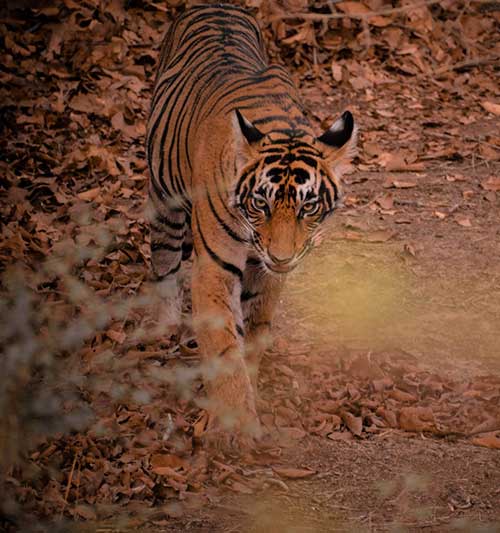

That came out of the blue, right? This isn’t just a jungle-town. Madhai has a very interesting colonial history – almost 200 years old. This town rests in the lap of Pachmarhi Biosphere Reserve, of which Satpura National Park is the core zone. The other two conservation areas of Pachmarhi Biosphere Reserve are Bori and Pachmarhi Sanctuary. During the mid-1800s, many tribes inhabited these forests and thrived there. However, India was still under colonial rule; during that time (1862) the East India Company had formed its Forest Department in our country.
Pachmarhi was the summer capital, the “holiday town” for the English military and their families – as such, a cantonment area was set up for them. In 1857, India underwent a rebellion against the British Raj; during this rebellion, the chieftain of Gond tribe, Thakur Bhabhut Singh, waged war against the British army in Satpura’s forests. His objective was to gain back control of his forests from the Englishmen. However, the war was massively unsuccessful and Bhabhut Singh, along with his men, was martyred. As a result, British acquired control of these forests and started to extract valuable timber (Satpura is known for its teak) for commercial purposes. The history doesn’t end here – a lot has happened since. To solve the historical mysteries of colonial India that these jungles carry, visit Madhai.
One could say Madhai isn’t a separate existence from Satpura National Park, geographically speaking. It is just a glade in a forest where a few human dwellings have mushroomed. Being such, Madhai offers you diverse experiences of nature tourism of the kind you never expected.
It is not only to witness wild cats in their natural habitat that you come to Madhai. While waiting for tigers and leopards to show up, Madhai lets you see its richness in grazers – nilgai, muntjac, swamp deer and sambar. As your Gypsy navigates tiger trails, you meet Indian Wild Dogs scurrying in the hedges parallel to the track. You see Indian Giant Squirrels hopping trees. Even if you do not spot a wild cat, you will have returned with a richer wildlife experience than anywhere else.
Madhai’s terrain is not entirely flat. The rivers that careen through this territory have done their work well, and you will find valleys, caverns, flatlands, savannas and glades, dense forests and sandbanks, marshes and slushes; better pack those safari boots and jacket! In addition to adventure activities like canoeing, trekking in Madhai is also on traveller hotlist. To experience unexpected variety, visit Madhai.
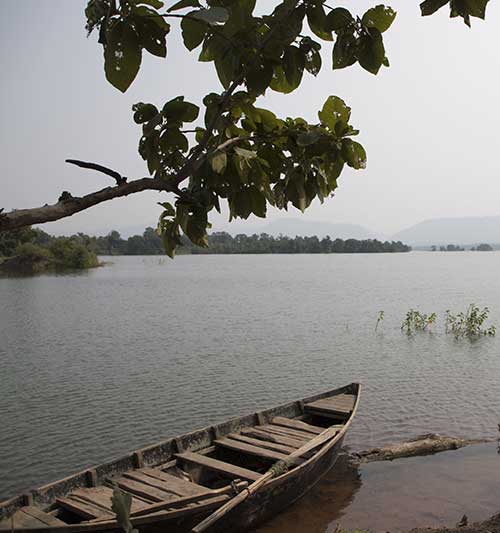

It is not Pachmarhi. Or Pench. There is no Dhoopgarh here, no fancy waterfall or even as many people as in Pachmarhi or other nearby tourism towns. Madhai is where you can come to rest and recuperate. It is a town that connects you with the universe through its forests, and lets you reset your circadian rhythm. There is no sunrise point, there is no sunset destination; the jungles here feel like jungles.
To genuinely feel connected to nature and wildlife, to slow down and take a breath, to do nothing all day and still experience the forest coming to greet you, visit Madhai.